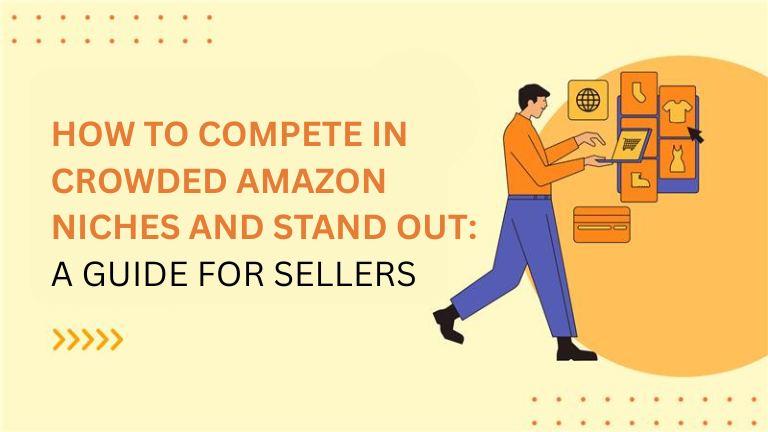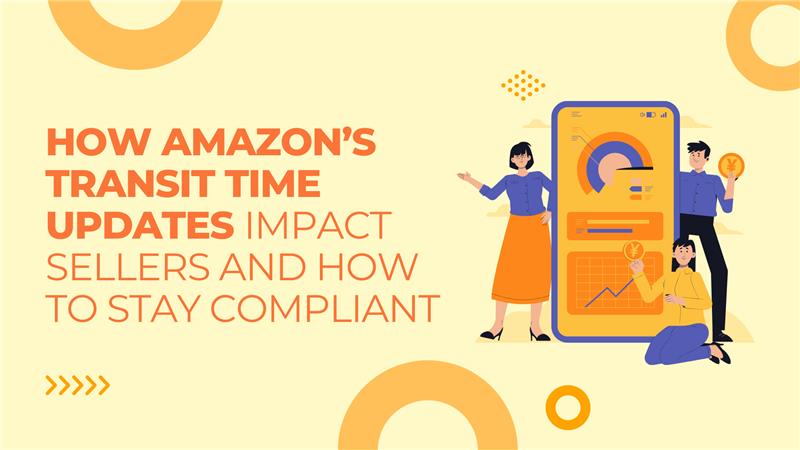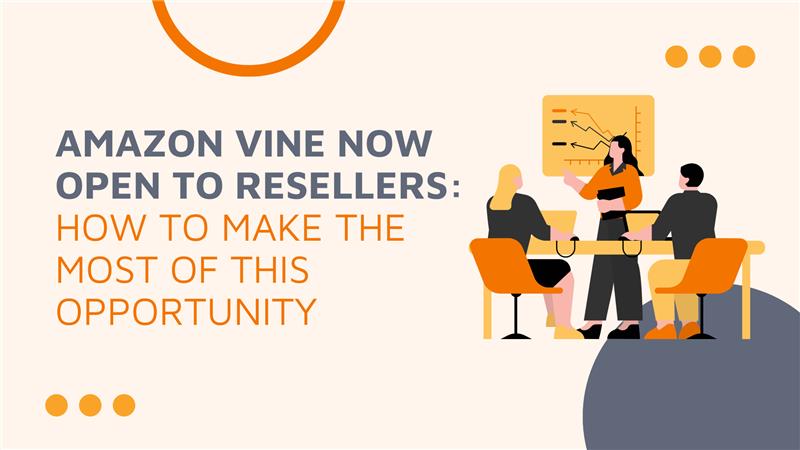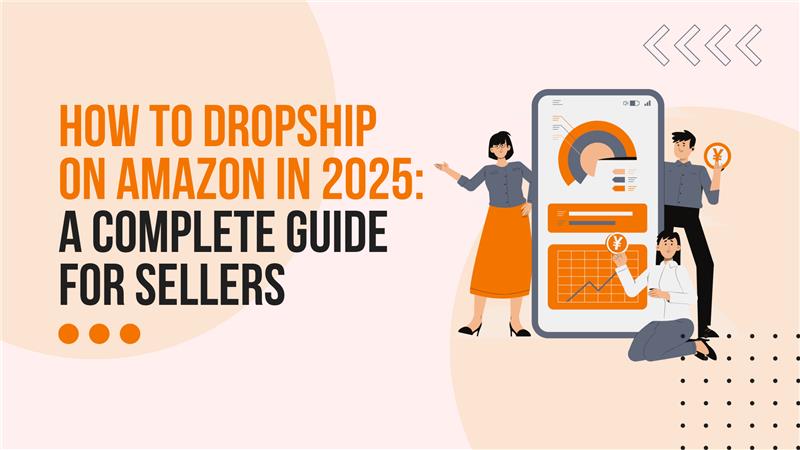How to Compete in Crowded Amazon Niches and Stand Out: A Guide for Sellers
With millions of sellers competing for customer attention on Amazon, standing out can be difficult. But with the right strategies in place, you can compete smarter, not harder. Mickey Toogood, Sr. Content Marketing Manager at Amazon, shares some of the best strategies to help sellers succeed in competitive niches. 1. Product Differentiation: Make Your Product Stand Out In a competitive market, differentiation is key. Research your competitors and understand what makes their products successful. Then, find a unique angle for your product to ensure that customers choose your product over others. How to Differentiate: Offer unique features or variations not found in competitor products. Use high-quality images and videos to highlight your product’s value proposition. Focus on customer experience by improving packaging, delivery times, or after-sales support. 2. Price Smartly with Automate Pricing Pricing is one of the most important factors in the buying decision for customers. With Amazon’s Automate Pricing tool, you can adjust your prices automatically to stay competitive within your target range. This tool helps you avoid price wars while ensuring your product remains attractive to price-conscious customers. How to Use Automate Pricing: Set a minimum price limit to avoid going below a sustainable price. Adjust pricing based on competitors’ actions to stay in the market. 3. A+ Content: Make Your Product Shine A+ Content offers sellers the chance to enhance their listings with rich images, videos, and detailed descriptions. It’s a great way to stand out and engage customers with more information about your product. With A+ Content, you can showcase your product’s benefits and features, making it more likely to convert viewers into buyers. A+ Content Tips: Use high-resolution images and video demonstrations. Highlight your product’s key benefits and unique features. Make your content more appealing with lifestyle images or comparison charts. 4. Promotions and Ads: Boost Your Product Visibility In addition to your product listings, Amazon offers several ways to promote your products and get them in front of more customers. Use promotions, coupons, and sponsored ads to increase your product visibility. Promotions & Ads Tips: Run special promotions like Lightning Deals or Coupons to boost visibility. Use Sponsored Products, Sponsored Brands, and Sponsored Display Ads to target specific audiences and drive traffic to your listings. 5. Use Data and Tools to Optimize Your Strategy Finally, you can’t improve what you don’t measure. Amazon offers a range of tools like the Product Opportunity Explorer and Seller Central Reports to help you analyze performance and identify areas for improvement. Tools for Success: Product Opportunity Explorer: Find profitable products and low-competition niches to target. Seller Central Reports: Track key performance metrics like sales, conversion rates, and advertising ROI. Ready to optimize your Amazon strategy? At Big Internet Ecommerce, we can help you implement these proven strategies and make the most of Amazon’s tools to boost your sales and increase visibility. Book a consultation today to start growing your Amazon business! Follow BIE on Instagram & Linkedin to stay updated with the trends.
How to Compete in Crowded Amazon Niches and Stand Out: A Guide for Sellers Read More »











